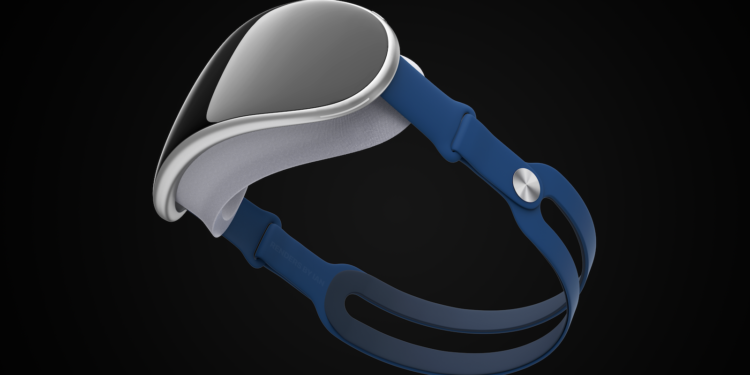Apple's mixed reality headset will reportedly feature iris scanning to authenticate payments and log into accounts.
Two people who apparently helped develop the Apple headset said opposite The Information says that users will be able to scan their irises to quickly log into their accounts and make payments, similar to Face ID and Touch ID – a feature first teased by Apple analyst Ming-Chi Kuo. The iris scan will also make it easier for multiple people to use the same headset and will distinguish the device from Meta Quest Pro, that does not have such a feature. To enable iris scanning, internal cameras track where users are looking.
The headset is said to resemble “ski goggles”
Gaze tracking also allows Apple to reduce the amount of graphics in the user's peripheral vision, reducing the amount of processing power required for the headset's graphics. Apple's purchase of German startup SensoMotoric Instruments in 2017 is said to have enabled it to develop this technology. The report reinforces the rumor that Apple's headset will feature 14 cameras (compared to just 10 cameras on Meta's Quest Pro headset) designed to capture motion to accurately represent the real-world movements of digital avatars. Two downward-facing cameras are said to capture the wearer's legs, another feature the Quest Pro does not have. The headset is said to resemble "ski goggles" and look different than the Quest Pro. Apple's design is said to rely heavily on "mesh, aluminum, and glass" and to conceal the outward-facing cameras better than the Quest Pro.
Apple Mixed Reality Headset: Some Features May Be Missing
The device is also said to be thinner and lighter than the Quest Pro, which weighs 722 grams. In addition, the report claims that Apple's headset will allow glasses wearers to magnetically attach custom lenses inside the device. There is an outward-facing display on the outside of the headset, which is said to allow other people to see the wearer's facial expressions. Despite concerns that the display could consume additional battery life, it can reportedly operate at a low refresh rate to save power, similar to the always-on displays on the Apple Watch and iPhone. But The Information warns that some planned features may not be included in the final version of the headset when it is unveiled next year. (Image: Rendersbyjan)





